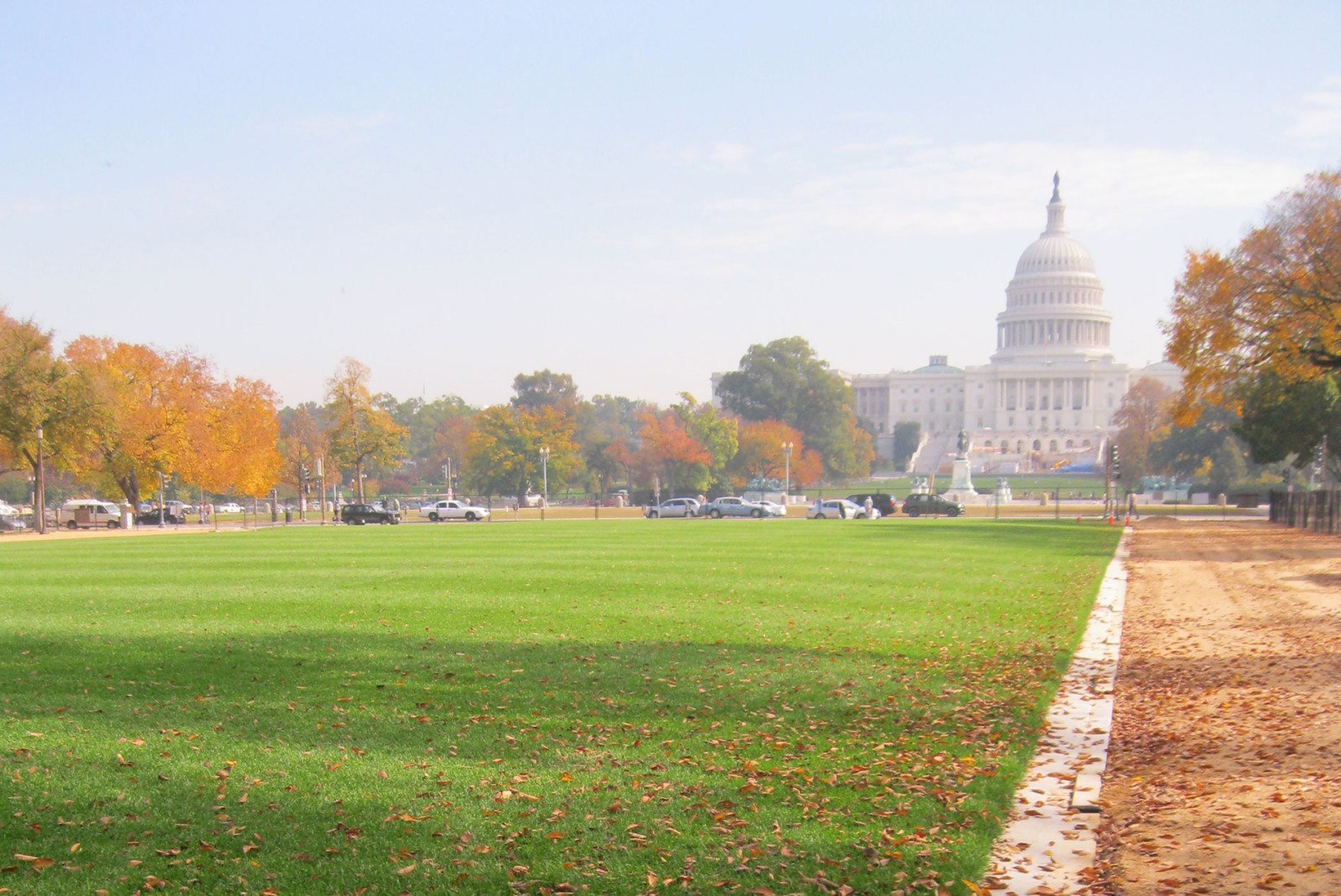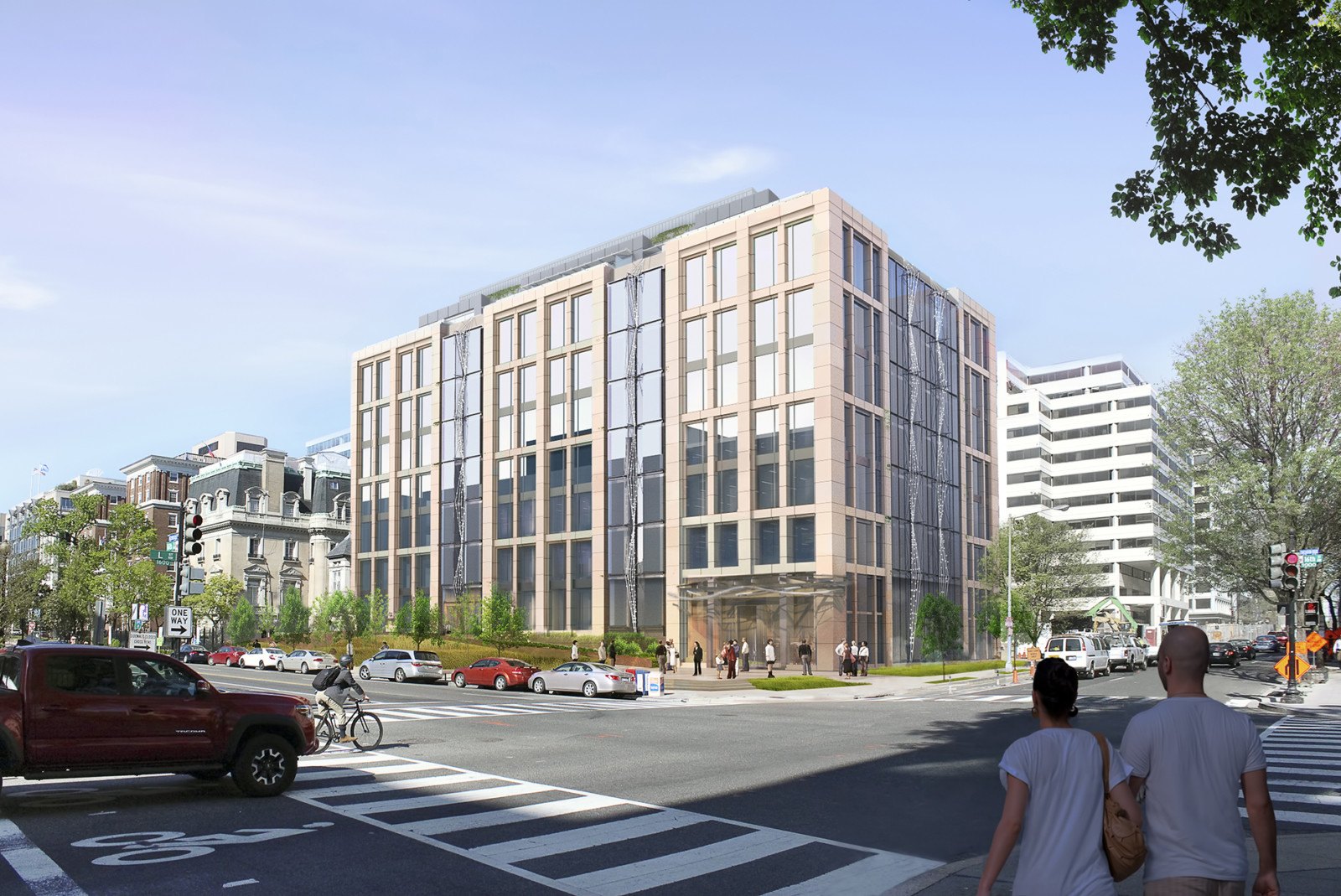HOK Director of Sustainable Design Anica Landreneau, who lives and works in Washington, D.C., helped lay the foundation for the historic bill, which sets the most aggressive renewable energy goal of any U.S. city or state.
The Council of the District of Columbia voted unanimously in December to approve an expansive climate bill that includes the “strongest clean energy requirement in the nation,” according to Mark Rodeffer, chapter chair of the D.C. Sierra Club. Mayor Muriel Bowser is scheduled to sign the legislation on Jan. 18.
Highlights of the provisions (part of the landmark Clean Energy DC Omnibus Amendment Act of 2018) include:
- Cutting greenhouse gas emissions by 50 percent by 2032.
- Requiring all electricity purchased in the District to be 100 percent renewable by 2032.
- Mandating that all public transportation and fleet vehicles be electric (or another zero-emission technology) by 2045.
Several of the provisions will boost the energy efficiency of the District’s buildings, which generate about three-fourths of D.C.’s carbon emissions. The impacts on building design and construction will include:
- Putting in place the nation’s first 100 percent Renewable Portfolio Standard (RPS), which will be phased in by 2032 and include 10 percent solar energy by 2041.
- An expansion of D.C.’s building performance benchmarking requirements to encompass all publicly owned buildings of 10,000 square feet or more by 2021 and all privately owned buildings of 10,000 square feet or more by 2026.
- The establishment of a Building Energy Performance Standard (BEPS) that includes all buildings in the benchmarking program and carries minimum energy efficiency standards no lower than the median D.C. ENERGY STAR score for each building type.
“The bill means about half of the existing buildings in D.C. will need to improve their energy performance over the next several years,” said Landreneau. “We anticipate significant investments in the retrofitting, re-skinning and repositioning of existing building stock. The bill also increases green financing options, making more money available to help pay for the improvements.”
As part of her role on the D.C. Green Building Advisory Council, Landreneau contributed to the development of the Clean Energy DC action plan that gave rise to this bill. She also provided testimony for the bill during two separate Council hearings.
In October the U.N. Intergovernmental Panel on Climate Change released a report warning that the world’s economy will need transform over the next few years to avoid the 2.7 degrees Fahrenheit warming of the atmosphere expected to trigger catastrophic weather changes.
For the 1101 16th Street NW offices project near the White House, HOK’s renovation design combines two 1970s office buildings into a single facility that will cut energy use by more than 50 percent.
“With the lack of federal level leadership, it will be up to our cities and states to enact mandates to meet aggressive energy reduction targets that mitigate climate change,” said Landreneau. “Our AEC industry must continue to drive progressive change at the local level. Other cities will be looking to the nation’s capital as an example for a path to healthier, more sustainable urban environments.”

